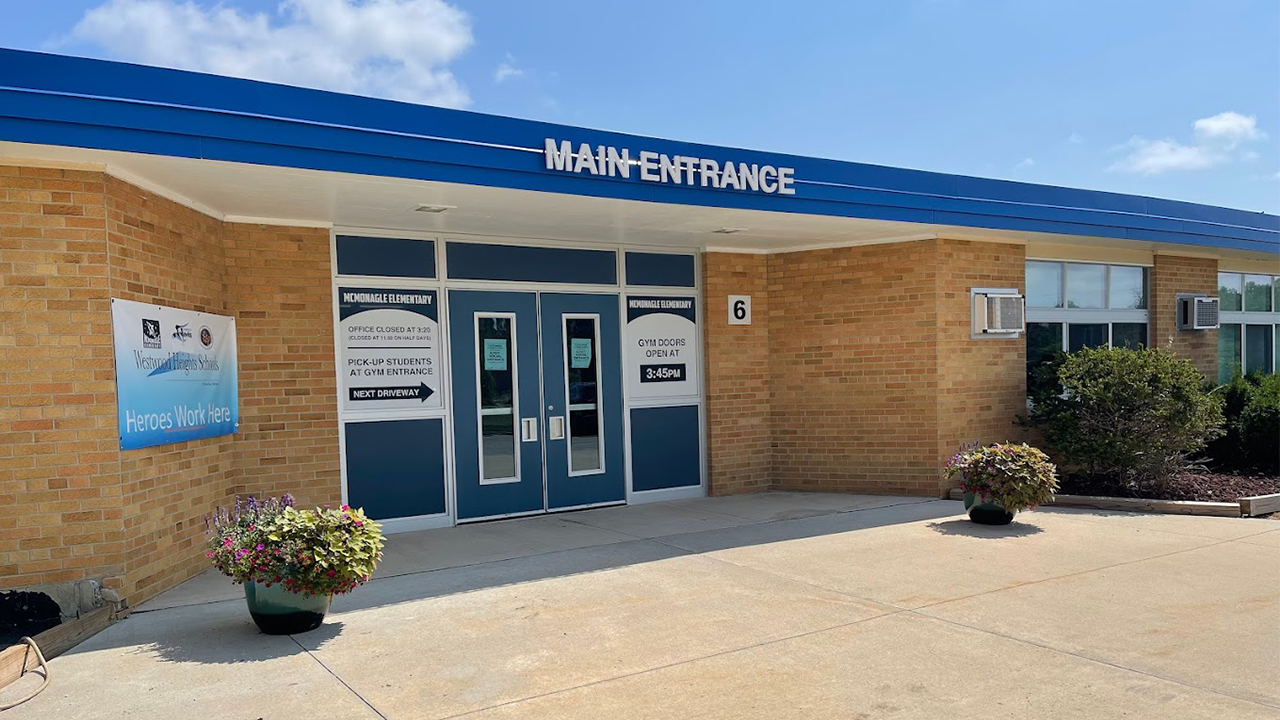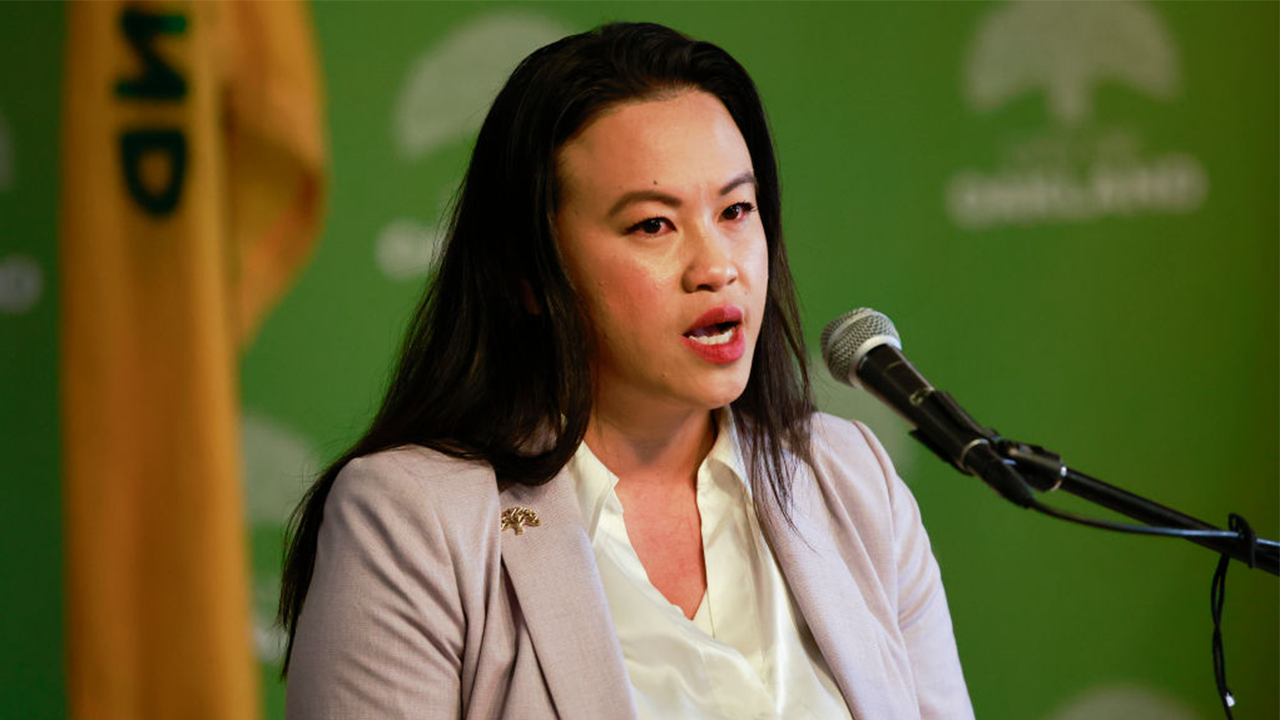Mariano Torres, a maintenance worker at Columbia University, was cleaning on the third floor of Hamilton Hall in his signature Yankees cap one night last week, when he heard a commotion downstairs. He said he figured it had something to do with the pro-Palestinian encampment on the lawn outside and kept working.
He was shocked, he said, when he suddenly saw five or six protesters, their faces covered by scarves or masks, picking up chairs and bringing them into the stairway.
“I’m like, what the hell is going on? Put it back. What are you doing?” he recalled.
He said he tried to block them and they tried to reason with him to get out of the way, telling him “this is bigger than you.” One person, he recalled, told him he didn’t get paid enough to deal with this. Someone tried to offer him “a fistful of cash.”
He said he replied: “I don’t want your money, dude. Just get out of the building.”
It was the beginning of what would be a frightening time for Mr. Torres and two other maintenance workers in Hamilton Hall, who were inside when pro-Palestinian protesters at Columbia took over the building.
Just as upsetting as their encounters with the protesters, the three workers recounted in interviews this week, was their feeling that the university had not done enough to prevent the attack or to help them once the building was under siege.
“I cannot believe they let this happen,” Mr. Torres said.
Only one security guard was posted at the building when the demonstrators entered, despite heightened tensions from the growing encampment nearby, witnesses said.
Mr. Torres and his colleagues called for help from the police and the school’s public safety officers, but no one arrived in time to assist them. The university eventually asked the police to clear the building and other protesters around campus, but they did not come until nearly 20 hours later.
That meant the workers, who were briefly trapped inside, had to make their own way out.
“They failed to protect us,” said Mr. Torres, 45, whose scuffle with a male protester was captured by a freelance photojournalist inside the building. The image, showing Mr. Torres pushing a man against a wall, ricocheted around social media.
When the police eventually raided the building, nearly 50 people were arrested, according to prosecutors. Many of them were students at Columbia or its affiliated colleges, but a New York Times review of police records found that nine appeared to be unaffiliated with the university.
The union that represents the workers, Local 241 of the Transport Workers Union, has requested more information from Columbia about what the police had told the school before the occupation.
John Samuelsen, the international president of the union, wrote Monday to Nemat Shafik, the president of Columbia, saying she had “epically failed to protect the safety of these university employees, who were forced to fight their way out of the building.”
Mr. Samuelsen added that though Columbia had briefings with the police about the possibility that the protests could escalate, “they conveyed none of that information to the union.”
In a statement, Samantha Slater, a university spokeswoman, said that the “employees who were in Hamilton Hall are valued members of the Columbia community, and we appreciate their dedication and service.”
“When protesters chose to escalate the situation by occupying Hamilton Hall, they committed egregious violations of both University policy and the law, which is why we made the decision to bring in the N.Y.P.D.,” she said. “We are committed to ongoing work to help our entire University community heal.”
On April 30, at about 12:30 a.m., a crowd of students had surrounded Hamilton Hall, cheering, as dozens of pro-Palestinian demonstrators entered. The building, on Columbia’s central Morningside Heights campus, has symbolic significance as a place of student protest and had been occupied five times by student protesters since 1968.
For months, pro-Palestinian students had protested to urge the university to divest from Israel, among other demands, over the country’s offensive in Gaza, eventually setting up a tent encampment. But the takeover of Hamilton Hall was a marked escalation.
Dr. Shafik, who also goes by Minouche, wrote in a letter to the police that before protesters entered the hall, “an individual hid in the building until after it closed and let the other individuals in.”
Mr. Torres was not surprised: He said he had caught a woman hiding under tables or behind doors “three or four times” over the last several weeks. And five days before the occupation, Lester Wilson, another longtime facilities worker in the building, had opened the door to a third floor closet just before midnight and found a surprise.
He said a woman was crouching in the slop sink, hiding and holding the door shut. Mr. Wilson said he brought her to university safety officers, and was not sure what happened next.
Both Mr. Torres and Mr. Wilson said they believed the occupiers had been highly organized, with knowledge of the location of the security cameras and exits, and backpacks full of supplies like rope, chains and zip ties.
The sole public safety officer in the lobby left when confronted by the occupiers and called for backup, several witness said. The protesters then quickly began barricading the main doors with furniture and chains. The occupiers appear to have timed their break-in with the midnight shift change, and the woman on duty was coming off her shift, the union said.
Mr. Torres, who had worked there for five years, confronted some of the protesters, trying to protect what he saw as “his building.”
But as he saw the number of protesters grow to “maybe 15 or 20,” he said, he realized he could not fight them. He asked to be let out, but someone said the doors downstairs were already barricaded and that he couldn’t leave.
He thought of his two young sons at home. He had no idea if other buildings were being taken over, too. Fear made him “crazy,” he said. He grabbed an older protester and ripped off his sweatshirt and mask, demanding to be let out.
The man said he could bring 20 people up to back him. “I was terrified,” Mr. Torres said. “I did what I had to do.” Mr. Torres then grabbed a nearby fire extinguisher and pulled the pin before someone persuaded him to calm down.
Mr. Wilson, 47, saw Mr. Torres facing off with protesters in the stairwell. He radioed his supervisors for help. Then he made his way down to the main doors. They were fastened shut with zip ties.
“So I begged them,” Mr. Wilson said. “I said, I work here, let me out, let me out.” Eventually, someone cut the zip ties and pushed him outside, he said, then secured the doors again. He found the public safety officer and told her that his co-workers were stuck inside.
“God knows what could have happened,” he said.
At about 1:10 a.m., roughly 30 minutes after Mr. Torres first encountered the protesters, a student protester in the lobby finally cut the cluster of zip ties on the front door handle and let him out along with the third worker, who spoke with The Times but asked not to be identified because he was concerned about privacy..
Mr. Torres filed a university accident report that day showing a raw wound on his knuckles and stating he had bruises on his neck. It also stated that he had been “assaulted and battered, and wrongfully imprisoned.”
“I had no protection whatsoever from campus police or N.Y.P.D. and felt abandoned by those whose duty it is to protect me,” he wrote in a document shared with The New York Times.
Alex Molina, the president of the local union chapter, which represents both the facilities workers and the security guards, said that the guard on duty was not allowed to detain anyone and was unarmed.
Both Mr. Torres and Mr. Wilson said they strongly objected to the tactics of the occupiers, which they said had taken a toll on them. Neither man ever wants to work in Hamilton Hall again.
“What do you accomplish from that?” Mr. Wilson said. “You’re giving people traumatic episodes over this stuff. I understand your protest, but why you got to take over a building? Why you got to take workers against their will?”






